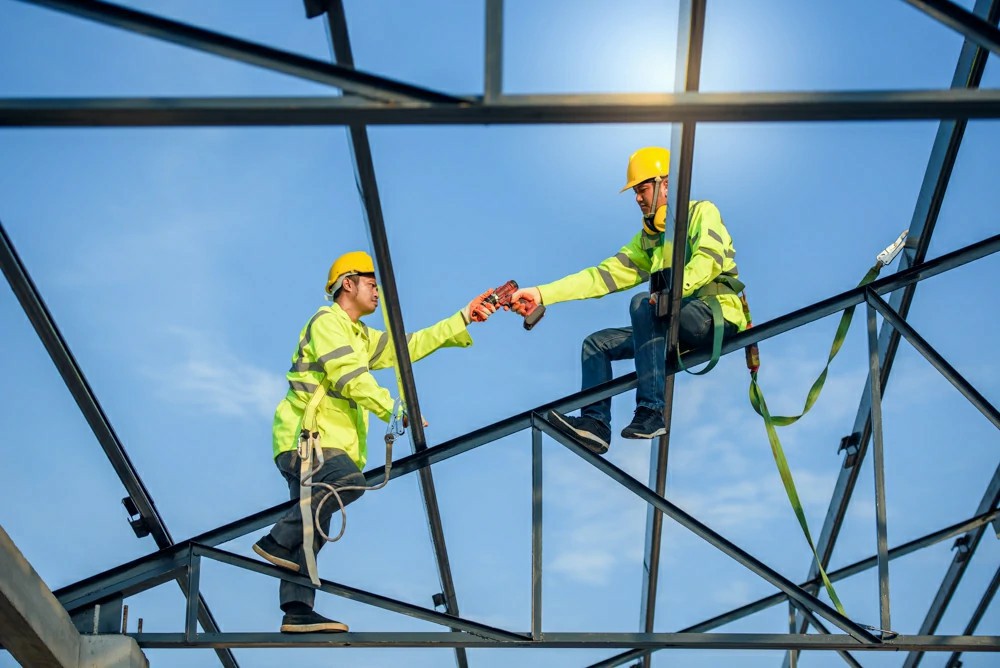


 349,500 Offered Certificates
349,500 Offered Certificates
 24/7 Online Training
24/7 Online Training
 Money Back Guarantee
Money Back Guarantee
 Fully Accredited Courses
Fully Accredited Courses

Created at: 22-02-2025 17:04
Working at heights presents some of the most critical safety challenges in various industries. From construction sites to maintenance tasks in high-rise buildings, the risks associated with elevated work cannot be underestimated. Effective Working at Heights training is essential in equipping workers with the knowledge and skills necessary to mitigate hazards and prevent workplace accidents.
The dangers of working at heights can vary widely, but certain hazards are consistently observed across many work environments:
Proper Working at Heights training is crucial for minimizing risks. Employers are responsible for ensuring that their employees are not only aware of the hazards but also trained to manage them effectively. Here’s how certified Working at Heights training can make a difference:
Fall protection systems are the backbone of safety when working at heights. Proper training on these systems ensures that workers know how and when to use them:
Real-world incidents often underscore the importance of training. Here are a couple of illustrative cases where proper training played a vital role in preventing accidents:
A construction company in Dublin had recently implemented a Working at Heights course for its workers. Midway through a project, one worker noticed that the scaffolding seemed unstable due to several missing safety pins. Remembering their training, he halted work and reported the issue, preventing what could have been a catastrophic fall for the workers above. This incident highlighted the effectiveness of proactive risk assessment skills imparted during training.
In Cork, a team performing routine maintenance on a high rooftop was fully trained in fall protection measures. During the operation, sudden winds increased, making the conditions risky. The team leader, trained in Working at Heights certification, quickly made the call to cease work and safely lower themselves. This decision, based on their training, ensured everyone returned safely without incident.
Even with the best preventive measures, accidents can occur. Therefore, effective emergency response planning is essential. This includes:
The hazards of working at heights are significant and cannot be taken lightly. Effective training is paramount in preventing accidents and ensuring the safety of all workers involved in elevated tasks. By enrolling in a certified Working at Heights course online, individuals and companies can significantly reduce risks, improve safety standards, and save lives. For further information on certified training programs, contact us at [email protected] or visit our course page at Working at Heights Course.